Unexpected Can Lead to More Aggressive Behavior Behind the Wheel
The fast and the furious
Psychologists effigy out who gets road rage and discover ways to calm them down.
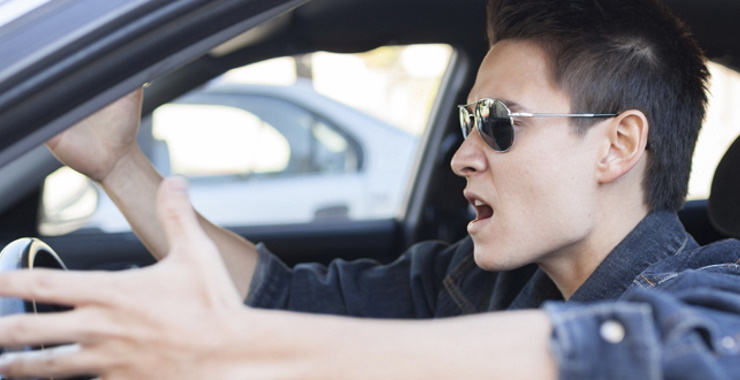
Findings
Aggressive driving has become a topic of business organization over the last few decades, and for good reason. In an analysis of ten,037 police reports and paper stories about traffic accidents that led to violence, the AAA Foundation for Traffic Rubber found "road rage" contributed to 218 deaths and 12,610 injuries between 1990 and 1996. Worse, AAA found that road rage incidents increased about vii% each year inside that period.
Psychologists are studying what makes some people more decumbent to road rage and how to keep them from condign a danger on the road. Research suggests that young males are the most likely to perpetrate road rage. Environmental factors such as crowded roads can heave anger behind the wheel. Certain psychological factors, including displaced anger and loftier life stress, are also linked to road rage. In addition, studies accept found that people who experience route rage are more than likely to misuse alcohol and drugs.
Understanding what fuels this dangerous beliefs may help psychologists curb it. In studies of anger and ambitious driving, counseling psychologist Jerry Deffenbacher, PhD, of Colorado Land University, found that people who identified themselves as high-anger drivers differ from depression-anger drivers in 5 key means.
- They appoint in hostile, ambitious thinking. They're more than probable to insult other drivers or limited disbelief about the style others drive. Their thoughts also turn more ofttimes to revenge, which sometimes ways concrete harm.
- They take more risks on the road. High-anger drivers are more likely to go 10 to xx mph over the speed limit, speedily switch lanes, tailgate, and enter an intersection when the calorie-free turns carmine.
- High anger drivers get angry faster and bear more aggressively. They're more than likely to swear or name-phone call, to yell at other drivers, to honk in anger. And they're more probable to exist angry non just backside the bicycle, only throughout the day.
- Loftier-anger drivers had twice as many car accidents in driving simulations. They also study more near-accidents and get more than tickets for speeding.
- Short-fused drivers experience more trait anger, anxiety, and impulsiveness. Perhaps from work or domicile stress, high-anger drivers are more probable to get in the car angry; they too tend to express their acrimony outward and act impulsively.
Significance
Is road rage out of control? Not necessarily. While some studies have found that as many every bit one-third of drivers accept experienced road rage, less than 2% report engaging in serious threats or violent behavior. Deffenbacher plant that fifty-fifty people with the consistent cluster of high-acrimony driving traits stayed at-home nether certain road conditions—for example, when they drove down a false wide-open state road. Congestion and slowdowns seem to increase anger, but just for some drivers. At that place are large individual differences, then it appears to be the mix of temperament and environment that lights the fuse.
Practical application
A combination of cognitive and relaxation techniques has shown promise for reducing road rage amid high-anger drivers. Deffenbacher has taught applied relaxation coping skills and used cognitive restructuring, or reframing of negative events, to help high-anger drivers stay cool.
In a serial of studies, high-acrimony drivers who wanted help attended eight therapy sessions involving either relaxation or cerebral-relaxation therapy. In the relaxation-only status, the drivers learned deep breathing and other bones relaxation techniques. In the cognitive-relaxation therapy status, drivers learned relaxation techniques as well equally cognitive modify strategies. Both groups proficient skills to better control their anger while visualizing frustrating driving situations, such as someone cutting them off in traffic. So they practiced these skills when they were actually driving.
Deffenbacher constitute that both interventions were equally effective in curbing road rage. They couldn't completely dunk a driver's acrimony, but they did reduce its frequency and intensity. What's more than, some studies found that a year after therapy, people connected to control their anger roughly as well equally they had immediately after handling and at a ane-month follow-upwards.
In New York state in 1999, the Academy at Albany's Center for Stress and Anxiety Disorders treated 20 aggressive drivers referred past the local district chaser'due south office as well as ten volunteers who described themselves as ambitious drivers. Tara Galovski, PhD, designed handling sessions that included deep relaxation, stress-management coping skills, cognitive restructuring, and learning unlike means to think most roadway events and stressors. These strategies have proven to help reduce anger and aggression, both behind the bicycle and in full general. The treatment grouping averaged a 64% driblet in ambitious driving behaviors, and showed marked reductions on measures of psychological distress, a standardized Driving Anger Scale, and a Driver Stress Profile. At a follow-up three months later, the participants had maintained those improvements.
Cited enquiry and boosted sources
Butters, J.E., Smart, R.Grand., Mann, R.E., & Asbridge, M. (2005). Illicit drug use, alcohol employ and trouble drinking amid infrequent and frequent road ragers. Drug and Alcohol Dependence 80(2), 169–175.
Deffenbacher, J.L., Deffenbacher, D.One thousand., Lynch, R.S., & Richards, T.50. (2003). Anger, aggression and risky behavior: A comparison of high and low acrimony drivers. Behaviour Research and Therapy, 41(6), 701–718.
Deffenbacher, J.L., Filetti, L.B., Richards, T.50., Lynch, R.S., & Oetting, E.R. (2003). Characteristics of two groups of aroused drivers. Journal of Counseling Psychology, 50 (two), 123–132.
Galovski, T.E.; Blanchard, E.B. (2002). The effectiveness of a brief psychological intervention on court-referred and self-referred aggressive drivers. Behaviour Research & Therapy, 40(12), 1385–1403.
Galovski, T.E.; Blanchard, Due east.B.; Malta, L.S.; Freidenberg, B.One thousand. (2003). The psychophysiology of aggressive drivers: comparison to non-aggressive drivers and pre- to post-handling modify post-obit a cognitive-behavioral treatment. Behaviour Research & Therapy, 41(9), 1055.
Galovski, T. E. & Blanchard, Due east. B. (2004). Road rage: A domain for psychological intervention? Aggression and Violent Behavior: A Review Journal, 9, 105–127.
Galovski, T. E. & Blanchard, Eastward. B. (in press). Psychological treatments of angry and aggressive drivers. In D. A. Hennessy and D. 50. Wiesenthal (Eds.), Gimmicky issues in traffic research and Route User Condom. Hauppauge, North.Y.: Nova Science Publishers, Inc.
Galovski, T. Due east., Malta, L. S., & Blanchard, E. B. (2006). Road rage: Cess and treatment of the angry, ambitious commuter. Washington, DC: APA Books.
Lajunen, T. & Parker, D. (2001). Are ambitious people aggressive drivers? A study of the relationship between self-reported general aggressiveness, driver acrimony and aggressive driving. Accident Analysis & Prevention, 33, 243–255.
Novaco, R.W. (1991). Aggression on roadways. In R. Baenninger (Ed.), Targets of violence and aggression. Amsterdam: Elsevier Science Publications.
Road Rage: How to Avoid Aggressive Driving (2013). AAA Foundation for Traffic Condom. Retrieved from https://world wide web.aaafoundation.org/sites/default/files/RoadRageBrochure.pdf (PDF, 459KB)
Sansone, R.A., & Sansone, L.A. (2010). Road rage: What's driving it? Psychiatry, vii(7), fourteen–18.
Recommended Reading
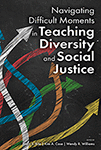
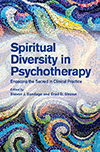
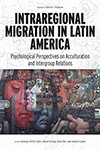
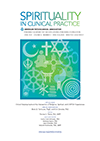
Members may qualify for lower pricing
benedictwhowere59.blogspot.com
Source: https://www.apa.org/topics/anger/road-rage
0 Response to "Unexpected Can Lead to More Aggressive Behavior Behind the Wheel"
Post a Comment